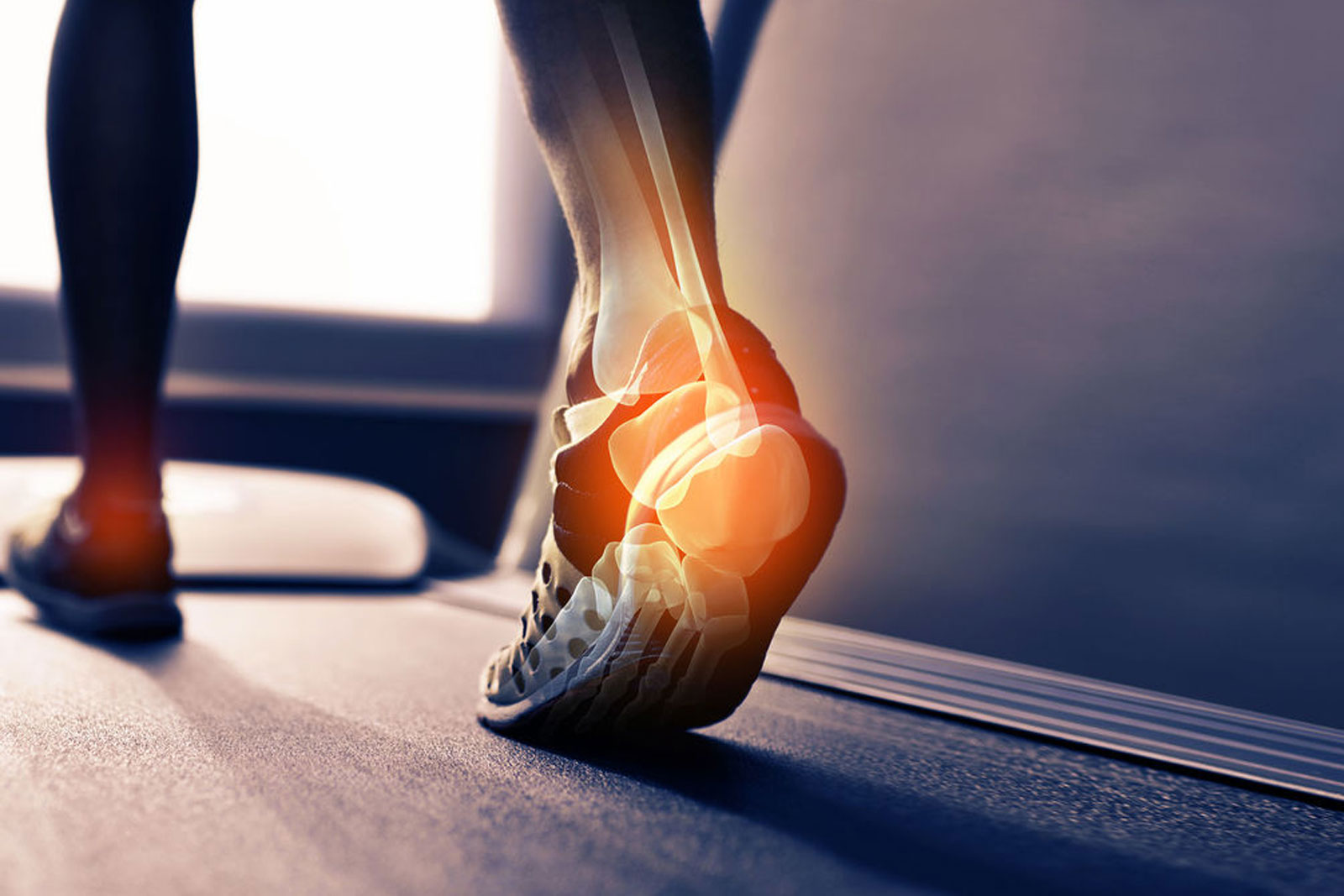Our podiatrists can provide a full gait analysis service and advise you on the correct orthotics (shoe insoles), if required, to correct your gait pattern. Orthotics can benefit a huge range of individuals; therefore, are commonly utilised by athletes (amateur to elite), children, adults and older people with a variety of different conditions. Your podiatrist will first perform an initial assessment and gait analysis. Following your initial assessment your podiatrist can make recommendations on orthotics.
Gait analysis
An abnormal walking pattern (gait) can produce a number of problems that prevent you from functioning normally. Gait analysis is the examination of how a person walks or runs. It is often necessary to look carefully at how you walk or run to identify posture-related or movement-related problems if you are experiencing symptoms in your feet, knees, hips or lower back. Gait analysis and treatment is also commonly used to help athletes run more efficiently.
Gait analysis includes:
- A full medical and social history
- Details on levels of activity
- Examination of joints in the lower limb, both sitting and standing
- Observation of joints, muscles and tendons during walking (and maybe running)
- A diagnosis and explanation of the problem
- Treatment
When a problem is identified it is likely to prescribe orthotics (shoe insoles).
Orthoses
Orthotics (or orthoses) are shoe inserts that control or correct structural problems within the foot. They may be used to treat many conditions such as heel pain, knee pain, lower back pain and sports-related problems. There are a number of different types of orthoses, with varying degrees of control. Orthoses are suitable for all age ranges, from children to the elderly. With some conditions, orthoses required be used to cushion areas of the foot rather than correct structural problems. Orthoses can be made specifically for a person's foot (casted orthoses) or off the shelf (non-casted). A podiatrist can advise on the most suitable type of orthoses for your problem after performing gait analysis.
Types of Orthoses
There are two main types of orthoses:
- Casted orthoses
- Non - casted orthoses
Casted Orthoses
Our podiatrists can provide casted orthoses. These are made specifically to fit your feet and meet your requirements. An impression of your foot is taken by your podiatrist. This impression is then sent to a specialist company and they manufacture the orthotic, based on the impression of your foot. The podiatrist provides the manufacturer with numerous fine details as to the requirements of the orthotic, for example, materials, raises, support.
There are various types of materials that can be used to make orthotics, including plastics and carbon fibre. The material used is determined by your need, for example, some people need a very firm insole if they are wearing it for high impact sports, whereas an elderly person with arthritis may require something softer. Your podiatrist will decide on what you require after a full assessment of your condition and needs.
Non Casted Orthoses
These are made on a large scale and are not made for an individual; they are 'ready-made'. These may be suitable for certain people and are often a good starting point if you have not worn orthotics before. They are also cheaper than having ones casted. However, for an athlete functioning at a high level or person with certain medical conditions, one tailored to your own feet may be more beneficial.




